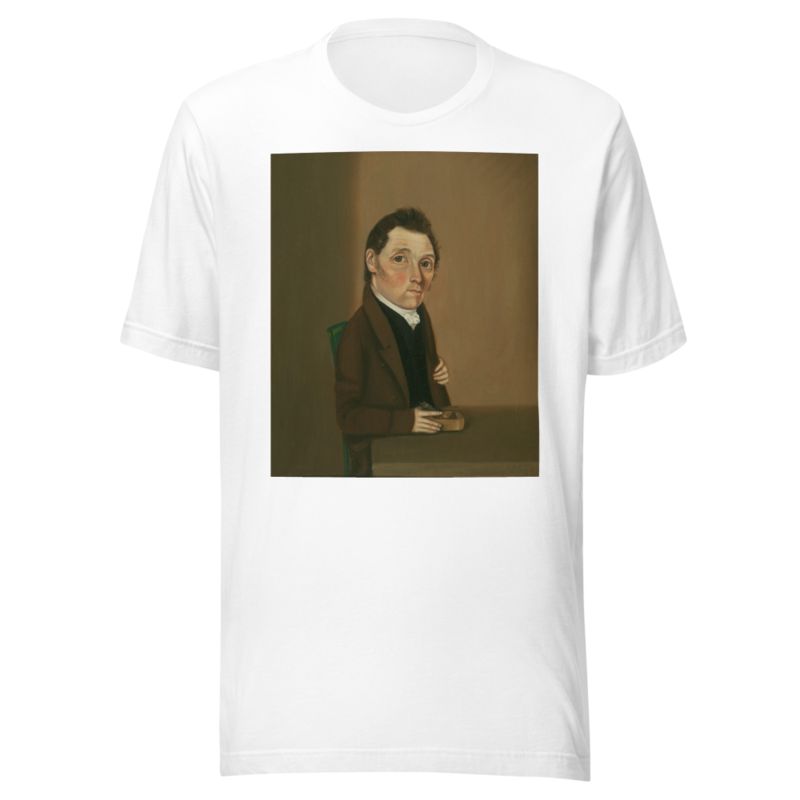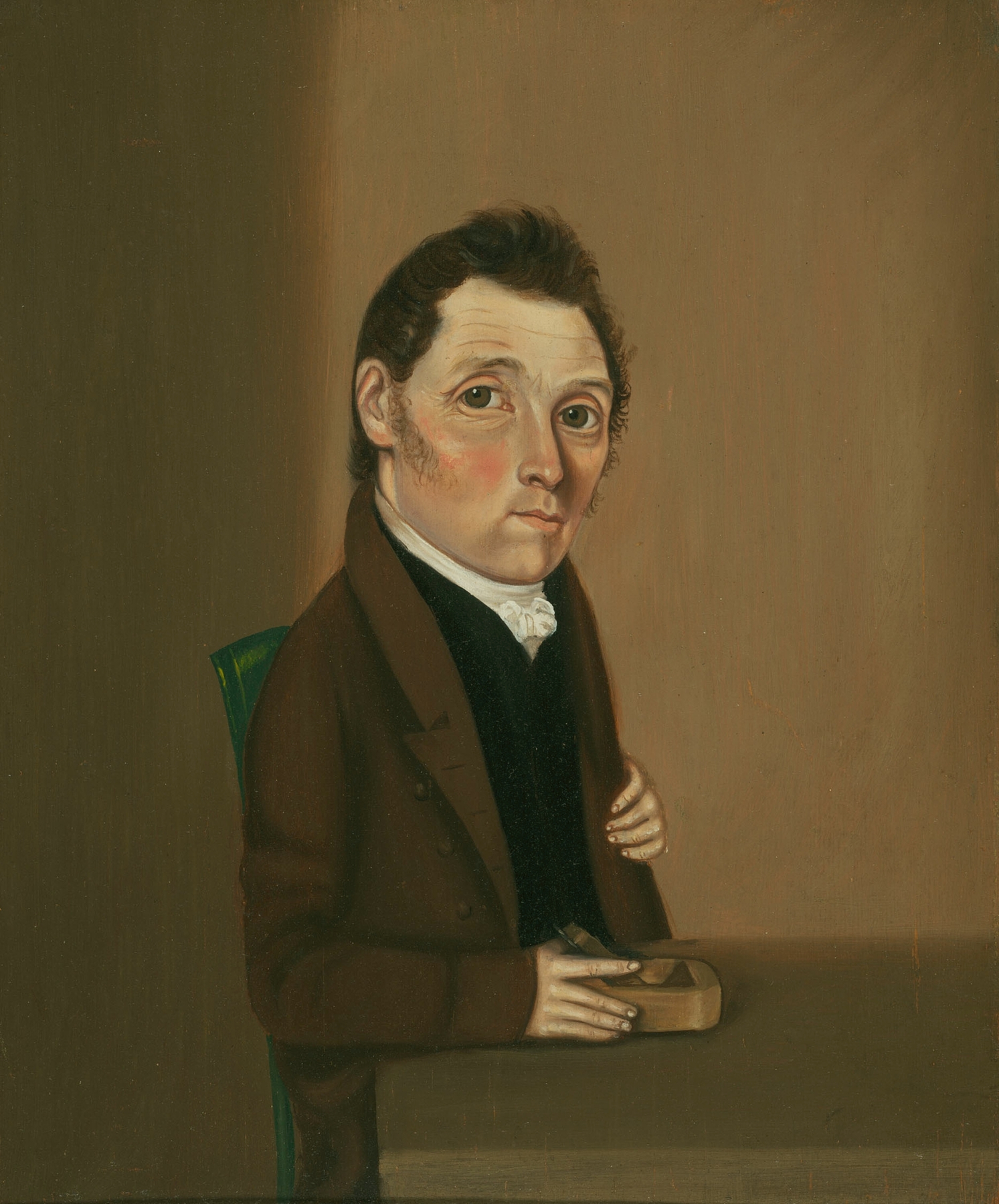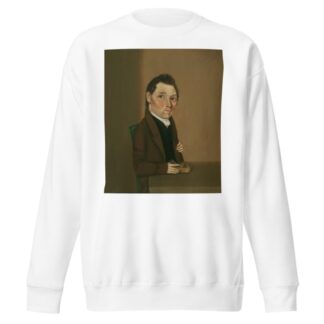Description
William Bonham by William Bonnell printed on a T-Shirt
About the T-Shirt
Regular fit
Standard length, the fabric easily gives into movement
Casual wear
A classic, everyday option loved by our customers
Side-seamed
Constructed by sewing two parts together, creating a fitted look
The Unisex Staple T-Shirt feels soft and light with just the right amount of stretch. It’s comfortable and flattering for all. We can’t compliment this shirt enough–it’s one of our crowd favorites, and it’s sure to be your next favorite too!
- Solid colors are 100% Airlume combed and ring-spun cotton
- Ash color is 99% combed and ring-spun cotton, 1% polyester
- Heather colors are 52% combed and ring-spun cotton, 48% polyester
- Athletic and Black Heather are 90% combed and ring-spun cotton, 10% polyester
- Heather Prism colors are 99% combed and ring-spun cotton, 1% polyester
- Fabric weight: 4.2 oz./yd.² (142 g/m²)
- Pre-shrunk fabric
- 30 singles
- Side-seamed construction
- Tear-away label
- Shoulder-to-shoulder taping
- Blank product sourced from Nicaragua, Mexico, Honduras, or the US
William Bonnell (1804-1865)
William Bonnell was an American portrait painter. His works are generally placed in the folk art category, due to his lack of formal training.
Born in Clinton, New Jersey, Bonnell was the second son of Colonel Clement Bonnell (1766-1836) and Rachel Wolverton. His grandfather was the Revolutionary War Colonel Abraham Bonnell (1732-1797), the proprietor of a tavern that was one of the first recruiting places for minutemen in that area. He married Margaret Hinchman (1813-1901) in 1836.
As of now, only twenty paintings of his are known to exist, most inscribed with his name and a date on the reverse. An unsigned painting of a hunting dog with the unlikely name of “Chustetunk’s Frosty Ferris” may be his first canvas. His first signed and dated works are from 1823. Traditionally, a sign that was originally in Hampton at the Perryville Inn, with Andrew Jackson and an American flag, is credited to him, but he was not known as a sign painter. Most of his works date from c.1825, when he painted the likenesses of several Hunterdon County residents.
Only one painting from outside New Jersey is attested to; showing Andrew and Eliza Everhart Yerkes; farmers in Warminster, Pennsylvania. No works after c.1835 have been discovered. His proficiency shows a distinct improvement over the course of his career; including the addition of background landscapes.
Some of his works may be seen at the Art Institute of Chicago. The sign is at the Hunterdon County Historical Association in Flemington.






Reviews
There are no reviews yet.